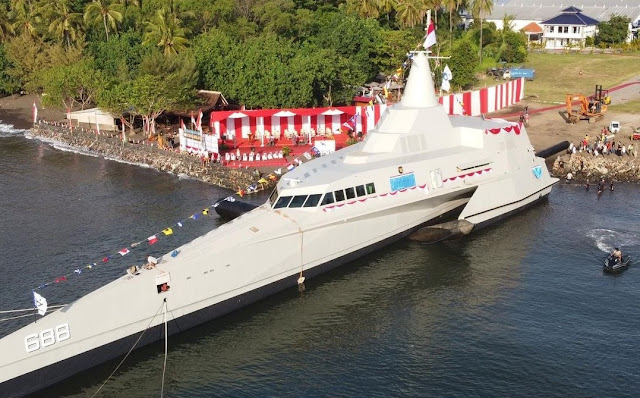 |
| The USCGC Douglas Munro (WHEC-724), which is expected to be transferred to the Vietnam Coast Guard. Photo c/o Seapower Magazine. |
The recent visit of US Vice President Kamala Harris to Vietnam on 25 August 2021 confirmed that the Vietnamese Government has requested for a third Hamilton-class high endurance cutter.
According to Vice Pres. Harris, the US Government under the leadership of President Joe Biden, has endorsed the transfer of a third Hamilton-class cutter to help the Vietnam improve its maritime security capabilities.
The ship is expected to be the former USCGC Douglas Munro (WHEC-724), which was decommissioned from US Coast Guard service on 24 April 2021.
Should the transfer be realized, the ship is expected to be operated by the Vietnam Coast Guard (VCG).
The VCG operates two other Hamilton-class cutters transferred by the US Government, with the first ship formerly the USCGC Morgenthau (WHEC-722) now named CSB-8020 and transferred in 2017, and the former USCGC John Midgett (WHEC-726), now named CSB-8021 and transferred in 2021.
The Hamilton-class cutters are highly sought-after ships despite their advanced age due to their versatility, long range and high endurance, and very capable platform proven to be able to operate in all-weather and high sea states.
Aside from the Vietnam Coast Guard, other users of former US Coast Guard Hamilton-class ships include the Bangladesh Navy, Nigerian Navy, Philippine Navy, and the Sri Lankan Navy.
If Vietnam passes the chance to receive the ship, it is expected that other naval services would be interested in taking them in.
It was reported that the Philippine Navy might be interested in taking in another ship of the class, the former USCGC Mellon (WHEC-717) although no confirmation has been made.
[1] Jane’s
[2] Vietnam Times











